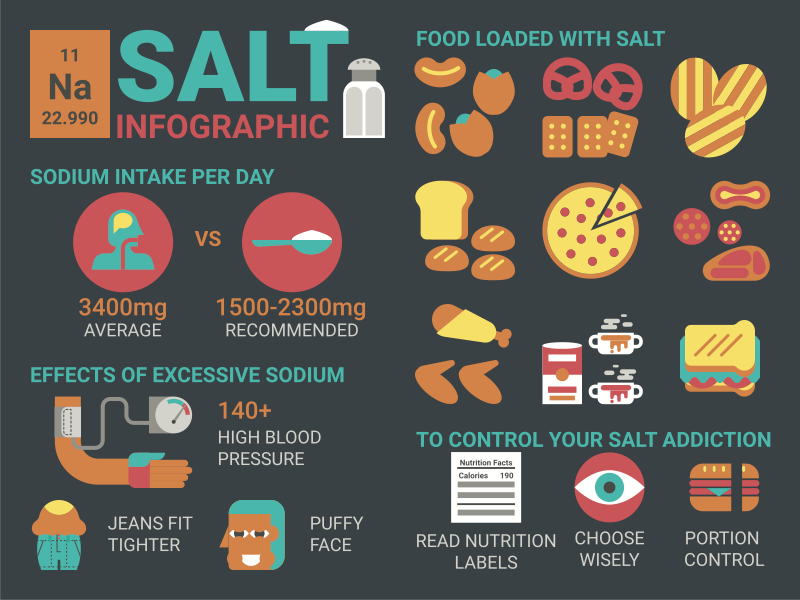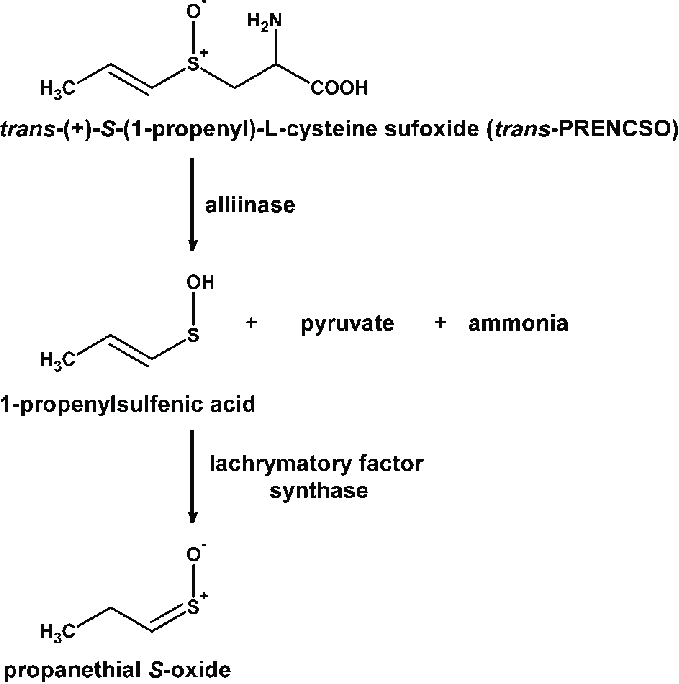The Role of Salt in Our Blood System and Blood Pressure Regulation
- Jeeva Nanthan
- Feb 21
- 3 min read
Salt, or sodium chloride, is an essential mineral that plays a critical role in our body, particularly in the regulation of blood volume and pressure. Understanding the intricate relationship between salt and our blood system reveals how this humble seasoning can have profound effects on our health.
Understanding Sodium's Importance
Sodium is one of the primary electrolytes in the human body. It helps regulate fluid balance, supports nerve function, and facilitates muscle contractions. When we consume salt, it dissolves into sodium and chloride, which enter the bloodstream and contribute to various physiological processes.

One of the most significant functions of sodium is its ability to maintain osmotic pressure. This occurs when sodium ions disperse in the blood and influence the movement of water into and out of cells. This osmotic balance is crucial for overall hydration and blood volume.
The Connection Between Salt and Blood Pressure
The relationship between salt intake and blood pressure is complex. When sodium levels increase in the bloodstream, the kidneys respond by retaining water to dilute the concentration of sodium. This retention of water leads to an increase in blood volume, which can result in elevated blood pressure. Here are several key mechanisms through which salt affects blood pressure regulation:
1. Fluid Retention
High sodium intake leads to increased fluid retention. When we consume too much salt, our body holds onto extra water to maintain the sodium balance, causing an increase in blood volume and, consequently, blood pressure. This is why high-salt diets are often associated with hypertension (high blood pressure), making careful monitoring of sodium intake vital.
2. Hormonal Regulation.
The body employs various hormones to manage sodium and fluid balance. The renin-angiotensin-aldosterone system (RAAS) is one such regulatory mechanism. When blood pressure drops, the kidneys release an enzyme called renin, which initiates a cascade resulting in the production of aldosterone, a hormone that signals the kidneys to retain sodium (and water). As sodium is retained, blood volume increases, leading to higher blood pressure. Conversely, low sodium intake can trigger this system to manage fluid levels, illustrating the delicate balance our body must maintain.
Health Implications of Sodium Intake
Conversely, very low sodium intake can also pose risks. Low sodium levels can lead to a condition known as hyponatremia, where the body's sodium levels are too low, potentially causing symptoms like fatigue, confusion, muscle weakness, and seizures.
Managing Salt Intake for Better Health
To maintain optimal blood pressure and overall health, it's essential to adopt a balanced approach to salt consumption. Here are some practical tips:
1. Read Labels.
Be vigilant about the sodium content in packaged and processed foods. Many items contain hidden salt, so checking nutrition labels can help you make informed choices.
2. Focus on Fresh Foods
Incorporating more fruits, vegetables, whole grains, and lean proteins into your diet can help reduce salt intake. These foods are often lower in sodium and provide essential nutrients for health.
3. Use Alternatives
Experiment with herbs, spices, and salt-free seasonings to enhance the flavors of your meals without relying on salt. This can help satisfy your taste buds while managing sodium intake.
4. Stay Hydrated
Drinking enough water can help support kidney function and maintain a healthy balance of sodium in your body. Proper hydration promotes optimal blood flow, assisting in blood pressure regulation.

Conclusion: The Balance of Salt in Health
Salt plays an indispensable role in our blood system, affecting blood volume and pressure regulation. While it is essential for health, understanding how to manage sodium intake is vital to prevent the adverse effects associated with high salt consumption, including hypertension. By making conscious choices and focusing on a balanced diet, individuals can enjoy the benefits of salt while maintaining healthy blood pressure and overall well-being.
Jeevananthan M
B. Tech Biotechnology
Undergraduate Student
Reference:
NW Health Starke. (2024). 5 Electrolytes That Boost Heart Health. Retrieved from https://www.nwhealthstarke.com/health-library/380.
Harvard Health. (2024). Dietary salt and blood pressure: A complex connection. Retrieved from https://www.health.harvard.edu/heart-health/dietary-salt-and-blood-pressure-a-complex-connection.
American Heart Association. (2024). Common High Blood Pressure Myths. Retrieved from https://www.heart.org/en/health-topics/high-blood-pressure/the-facts-about-high-blood-pressure/common-high-blood-pressure-myths.
CDC. (2024). Effects of Sodium and Potassium. Retrieved from https://www.cdc.gov/salt/sodium-potassium-health/index.html.
Cleveland Clinic. (2024). Electrolyte Imbalance: Types, Symptoms, Causes & Treatment. Retrieved from https://my.clevelandclinic.org/health/symptoms/24019-electrolyte-imbalance.
Circulation - AHA Journals. (1998). Dietary Electrolytes and Blood Pressure. Retrieved from https://www.ahajournals.org/doi/10.1161/01.cir.98.6.613.
Image Credits:




Comments